Can write simple phrases and sentences about themselves and imaginary people, where they live and what they do.
Can understand short, simple messages on postcards
The solution is inline with CEFR framework for second language learning and matches the levels A1-B2.
Has a basic vocabulary repertoire of isolated words and phrases related to particular concrete situations.
Shows only limited control of a few simple grammatical structures and sentence patterns in a learnt repertoire.
Pronunciation of a very limited repertoire of learnt words and phrases can be understood with some effort by native speakers used to dealing with speakers of his/her language group.
Can copy familiar words and short phrases e.g. simple signs or instructions, names of everyday objects, names of shops and set phrases used regularly.
Can spell his/her address, nationality and other personal details.
Can establish basic social contact by using the simplest everyday polite forms of: greetings and farewells; introductions; saying please, thank you, sorry etc
Can recognise familiar names, words and very basic phrases on simple notices in the most common everyday situations.
Can get an idea of the content of simpler informational material and short simple descriptions, especially if there is visual support.
Can follow short, simple written directions (e.g., to go from X to Y)
Can interact in a simple way but communication is totally dependent on repetition at a slower rate of speech, rephrasing and repair. Can ask and answer simple questions, initiate and respond to simple statements in areas of immediate need or on very familiar topics.
Can understand everyday expressions aimed at the satisfaction of simple needs of a concrete type, delivered directly to him/her in clear, slow and repeated speech by a sympathetic speaker.
Can understand very short, simple texts a single phrase at a time, picking up familiar names, words and basic phrases and rereading as required.
Can understand questions and instructions addressed carefully and slowly to him/her and follow short, simple directions.
Can make an introduction and use basic greeting and leave-taking expressions.
Can ask how people are and react to news.
Can ask people for things, and give people things.
Can handle numbers, quantities, cost and time.
Can ask and answer simple questions, initiate and respond to simple statements in areas of immediate need or on very familiar topics.
Can ask and answer questions about themselves and other people, where they live, people they know, things they have.
Can describe him/herself, what he/she does and where he/she lives.
Can read a very short, rehearsed statement - e.g. to introduce a speaker, propose a toast.
Can produce simple mainly isolated phrases about people and places.
Can give short, basic descriptions of events and activities.
Can explain what he/she likes or dislikes about something.
Can describe people, places and possessions in simple terms.
Can cope with a limited number of straightforward follow up questions.
Can ask for or pass on personal details in written form
Can write a short simple postcard
1 Can write numbers and dates, own name, nationality, address, age, date of birth or arrival in the country etc. such as on a hotel registration form.
Can understand instructions addressed carefully and slowly to him/her and follow short, simple directions.
Can follow speech that is very slow and carefully articulated, with long pauses for him/her to assimilate meaning.
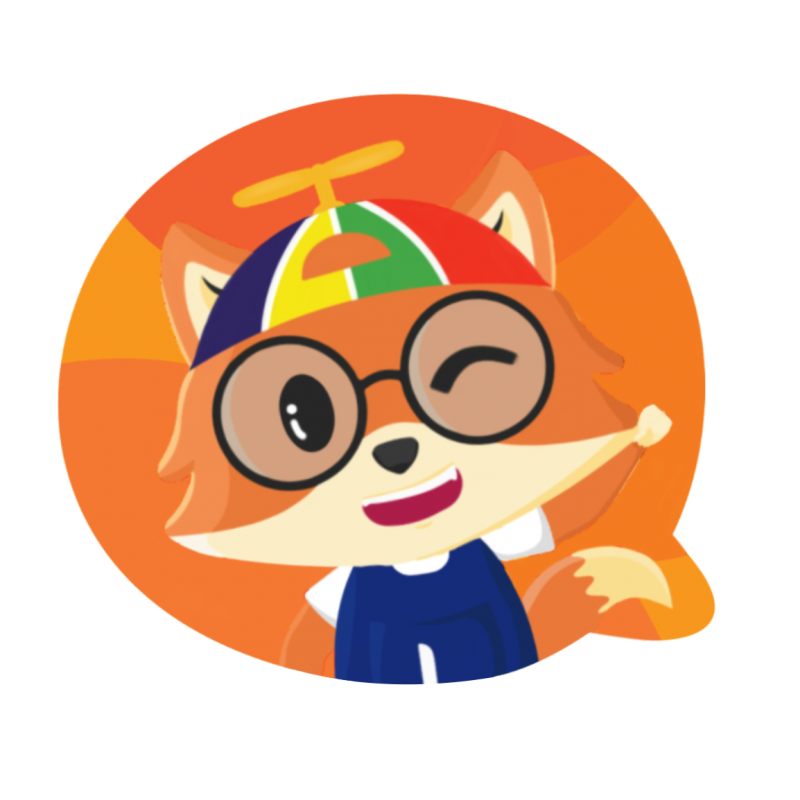


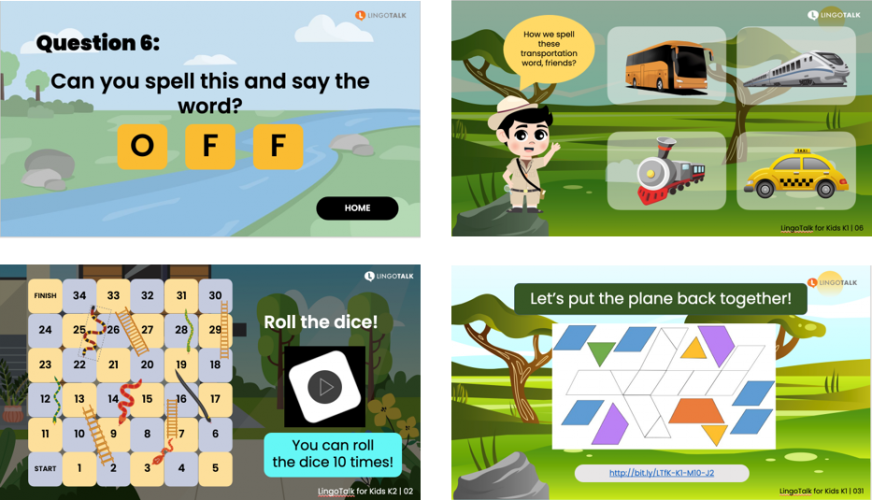
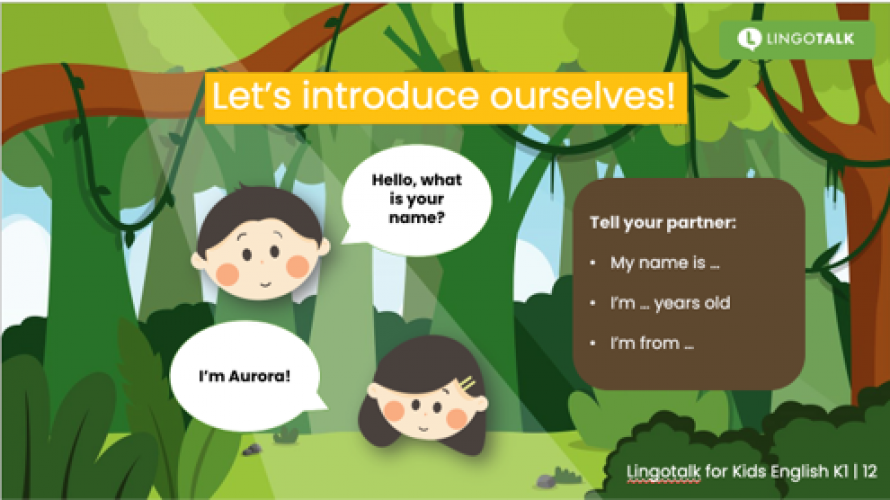
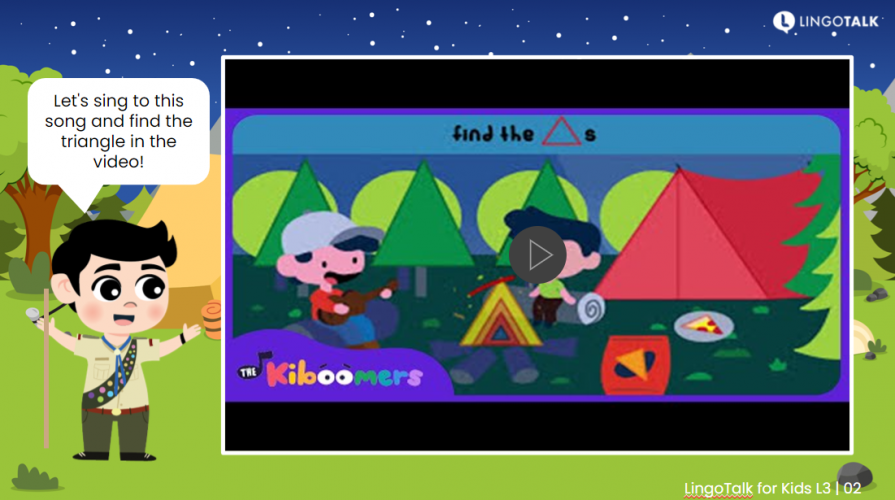
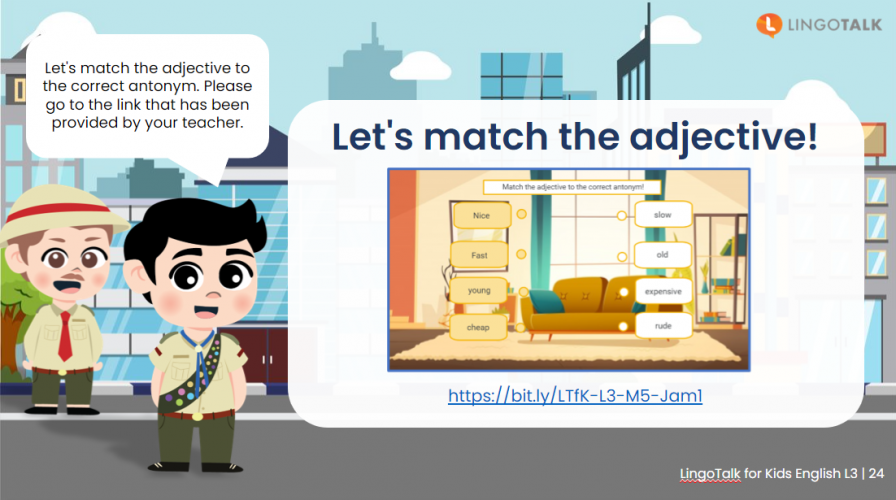
User reviews for LingoJunior
You need to log in to post a review.